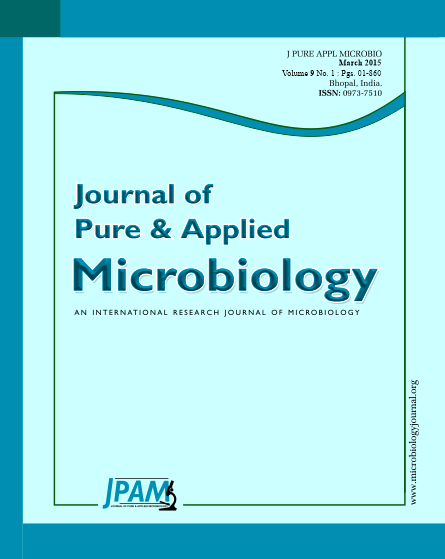Six strains of bacteria, comprising three Gram-negative and three Gram-positive strains, were utilised to reveal the functional relationship between optical density (OD) values and colony-forming units (CFU) during the exponential growth phase. CFU during the exponential growth phase were counted using the classic plate counting method. OD values were detected with both Multiskan Spectrum and N721 spectrophotometers at 600 nm at both 37°C and 4°C. Two functions (line function and power function) were simulated with Excel 2007 to reveal the relationship between OD values and the CFU. The two functions were compared with each other by using their coefficient of determination values (R2), which represented degree of fitting for functions. For the ODs detected with the Multiskan Spectrum spectrophotometer at 37°C, the average R2 values of the line function was 0.983±0.011 and the power function was 0.995±0.003; thus, the R2 value of the power function was significantly higher than that of the line relationship (p<0.05). Similar results were obtained with the Multiskan Spectrum spectrophotometer at 4°C and with the N721 spectrophotometer at both temperatures. These results reveal that the power function is more suitable for modelling the relationship between OD600 and CFU during the exponential growth phase of bacteria.
Optical density, Exponential growth phase, Colony-forming units, Power function, Determination value
© The Author(s) 2015. Open Access. This article is distributed under the terms of the Creative Commons Attribution 4.0 International License which permits unrestricted use, sharing, distribution, and reproduction in any medium, provided you give appropriate credit to the original author(s) and the source, provide a link to the Creative Commons license, and indicate if changes were made.


